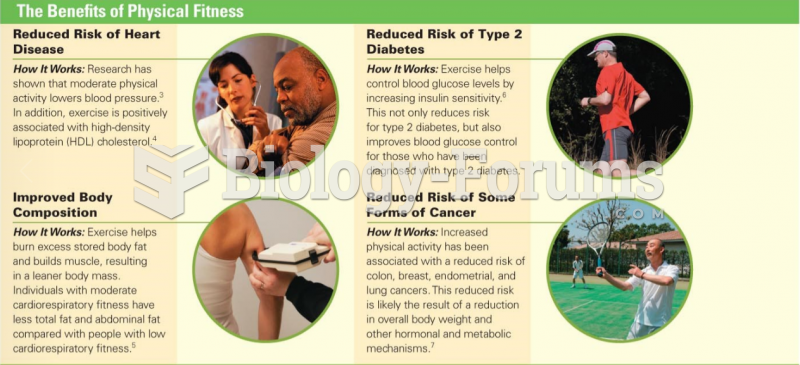Answer to Question 1
ANS: C, E
Nursing Outcomes Classification (NOC) links outcomes to NANDA International nursing diagnoses. Such a rating system adds objectivity to judging a patient's progress. Using standardized nursing terminologies such as NOC makes it more possible to measure aspects of nursing care on a national and international level. The indicators for each NOC outcome allow measurement of the outcomes at any point on a 5-point Likert scale from most negative to most positive. This resource is an option you can use in selecting goals and outcomes (not interventions) for your patients. The Nursing Interventions Classification model includes three levels: domains, classes, and interventions for ease of use. The seven domains are the highest level (level 1) of the model, using broad terms (e.g., safety and basic physiological) to organize the more specific classes and interventions.
Answer to Question 2
ANS: A, D, E
By ranking a patient's nursing diagnoses in order of importance and always monitoring changing signs and symptoms (defining characteristics) of patient problems, you attend to each patient's most important needs and better organize ongoing care activities. Prioritizing the problems, or nursing diagnoses, will help the nurse decide which problem to address first. Symptom pattern recognition from your assessment database and certain knowledge triggers help you understand which diagnoses require intervention and the associated time frame to intervene effectively. Planning requires critical thinking applied through deliberate decision making and problem solving. The nurse avoids setting priorities based solely on physiological factors; other factors should be considered as well. The order of priorities changes as a patient's condition and needs change, sometimes within a matter of minutes.







